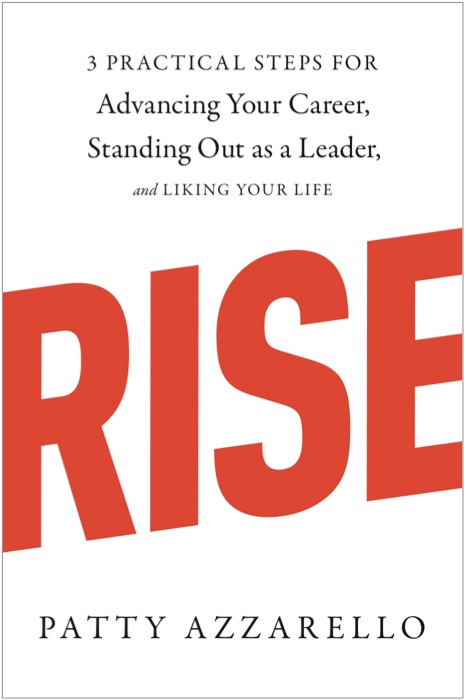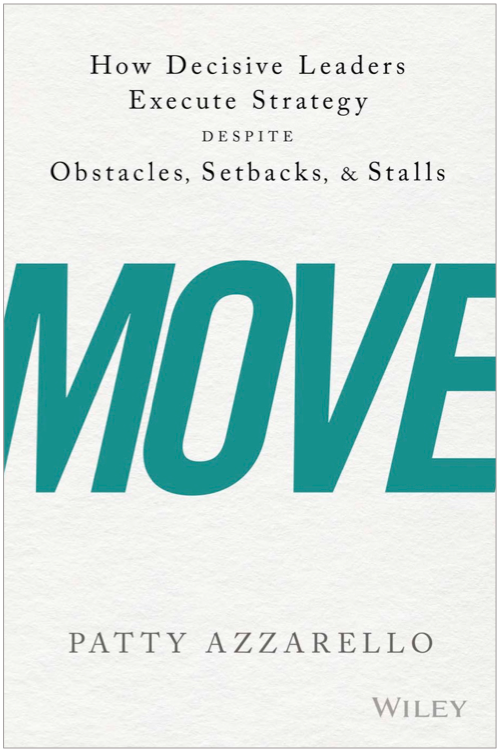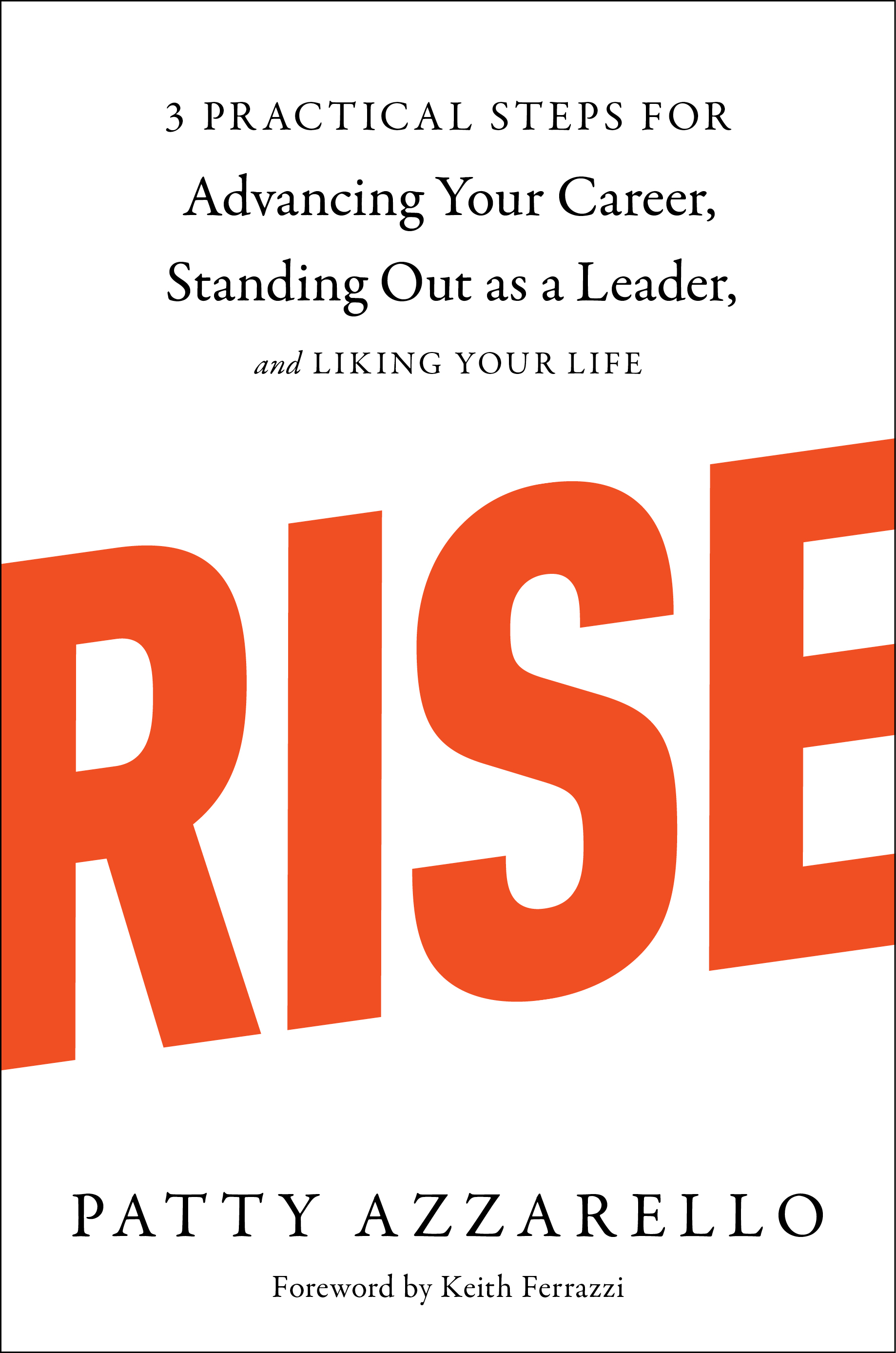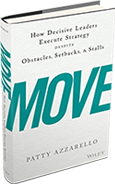
Organizations waste a lot of time communicating badly.
They fall into the trap of talking about things that have already been decided, or not talking when input is genuinely needed.
Problem 1. People don’t speak up when they should
Executives don’t know all the answers (even if they act like they do).
They rely on healthy debate from their team to get all the important information, opinions and concerns out on the table.
Without that, they can’t make a good business decision.
But the other side of the story is that people often feel punished for speaking up.
When they try to give feedback to the executives they get shot down. It feels like their inputs are unwelcome.
If this happens often enough they stop even trying. Why bother if my ideas are never acted on, and I only get grief for speaking up?
Problem 2. People keep talking when they shouldn’t
I have seen management teams waste huge amounts of time by revisiting decisions over and over again, questioning the direction and circling back for more data.
When this happens, the organization is slow to engage because they perceive the continued discussion to mean that the direction is still in question. So they wait for the answer instead of moving forward. Or they continue to add to the conversation, raising even more issues or data to help inform the decision.
SInce the executives think the decision has already been made, they get really frustrated that people are slow to act, not engaged, and stalling forward progress with more questions, inputs and arguments.
DEBATE or GO?
One of the best tools I have used to fix this is a simple model of Debate Phase vs. Go Phase. I make it clear that for every initiative or decision, there is DEBATE time and there is GO time.
Debate Time: Talking, Questions, Input, Arguments are welcome.
During debate time, I make it clear that I want to hear people’s opinions. I want to hear the arguments. I want everyone to fight for their point of view.
That’s how I get the best and most complete information.
Make a Clear Decision
After debate time is over, I make it clear who owns the decision, and make sure the decision gets made.
GO Time
Then I make it clear that we are in GO time. The decision is communicated and the action is officially kicked off. This is the time to engage in the work, not in the debate. The debate phase is over.
Expected Behavior & Trust
This simple frame and set of labels builds an atmosphere of higher trust because people can understand the rules of the game. They know when and how to participate without getting their head handed back to them.
You give them a chance to feel safe raising their opinions or arguing the point (which you need them to do) because by definition you are in debate phase.
By setting this structure, you can make it clear that during debate time, the expected and valued behavior is to speak up.
Then once you announce the decision has been made and make it clear that it’s GO time, people trust that you will stick to the decision, and that the expected and valued behavior is action, not more talking.
If you found this useful, you can subscribe to this blog for free
ABOUT PATTY:

Patty Azzarello is an executive, best-selling author, speaker and CEO/Business Advisor.
She became the youngest general manager at HP at the age of 33, ran a billion dollar software business at 35 and became a CEO for the first time at 38 (all without turning into a self-centered, miserable jerk)
You can find Patty at www.AzzarelloGroup.com, follow her on twitter or facebook, or read her book RISE…3 Practical Steps for Advancing Your Career, Standing Out as a Leader, AND Liking Your Life.



